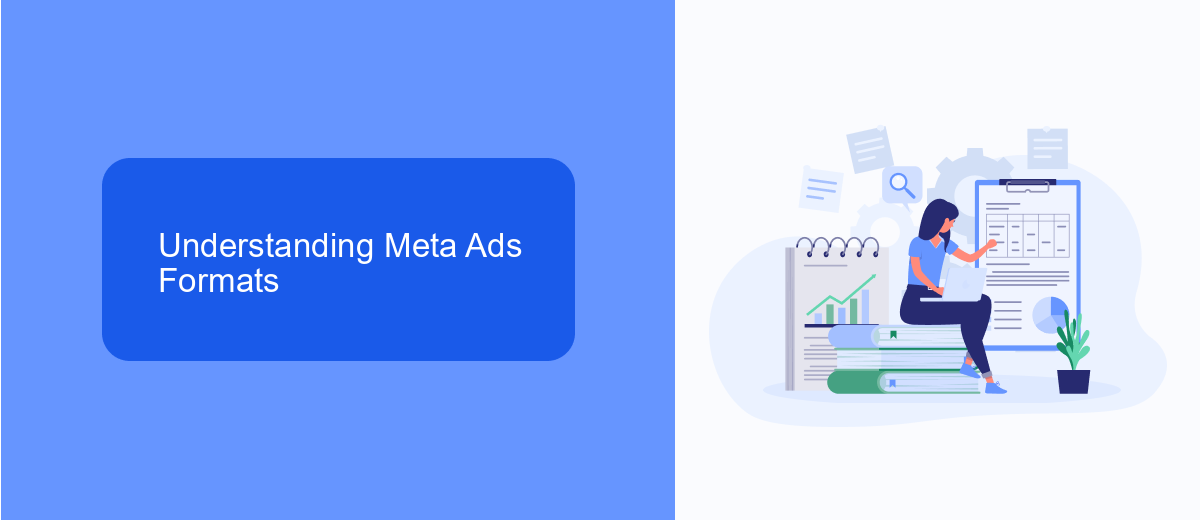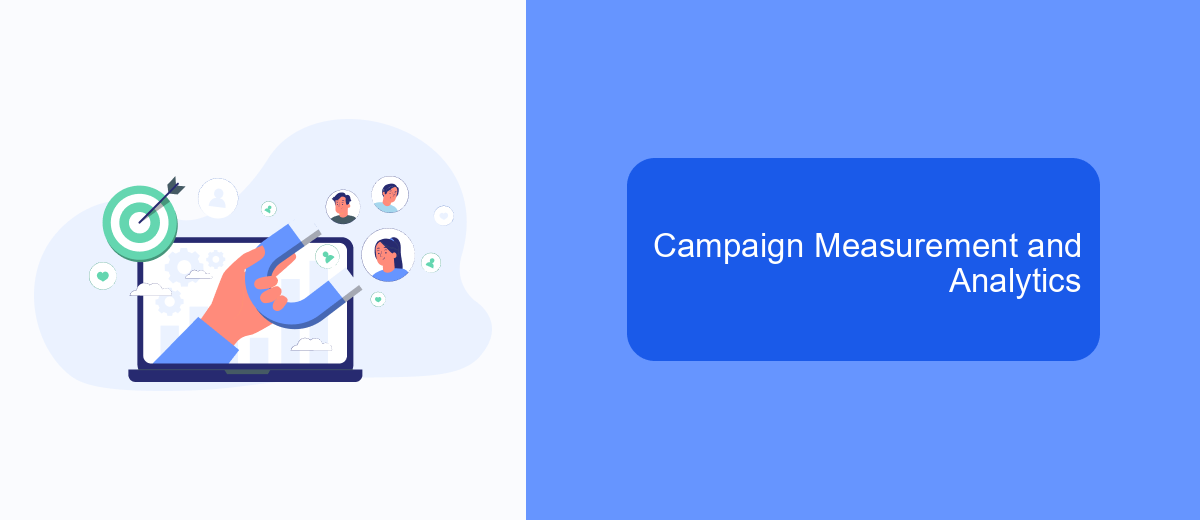In the ever-evolving landscape of digital marketing, Meta Ads have become a crucial tool for businesses aiming to reach their target audiences effectively. However, as with any powerful tool, they come with their own set of questions and challenges. This article delves into the most common inquiries marketers have about Meta Ads, offering insights and solutions to optimize your advertising strategy.
Meta Ads Questions: Key Considerations
When exploring Meta Ads, it's crucial to address several key considerations to optimize your advertising strategy effectively. Understanding these elements will help you craft campaigns that resonate with your target audience and achieve your marketing goals.
- Audience Targeting: Determine who your ideal customers are and use Meta's robust targeting tools to reach them.
- Budget Allocation: Set a realistic budget that aligns with your business objectives and allows for testing and optimization.
- Ad Creative: Design engaging and visually appealing ads that capture attention and communicate your message clearly.
- Performance Metrics: Identify key performance indicators (KPIs) to measure the success of your campaigns and make data-driven decisions.
- Compliance and Privacy: Ensure your ads comply with Meta's policies and respect user privacy regulations.
By focusing on these considerations, businesses can enhance their Meta Ads campaigns' effectiveness, ensuring they not only reach the right audiences but also engage them in meaningful ways. Continuous evaluation and adaptation are essential to stay ahead in the ever-evolving digital advertising landscape.
Understanding Meta Ads Formats

Meta Ads offer a variety of formats to cater to different marketing objectives and audience preferences. These formats include image ads, video ads, carousel ads, and collection ads, each designed to engage users in unique ways. Image ads are straightforward and effective for conveying a clear message or showcasing a product. Video ads, on the other hand, provide dynamic storytelling opportunities and can capture attention more effectively through motion and sound. Carousel ads allow advertisers to display multiple images or videos within a single ad unit, enabling a more interactive experience for users as they swipe through the content. Collection ads combine images and videos to create a visually appealing, immersive experience that encourages users to explore more.
Understanding these formats is crucial for optimizing ad performance and achieving marketing goals. For businesses looking to streamline their ad management and integration processes, services like SaveMyLeads can be invaluable. SaveMyLeads automates the transfer of leads from Meta Ads to CRM systems, ensuring that no potential customer is lost in the process. By leveraging such tools, businesses can focus on crafting compelling ad content while maintaining efficient lead management workflows. This integration not only saves time but also enhances the overall effectiveness of advertising campaigns on Meta platforms.
Targeting Options in Meta Ads

Meta Ads offers a diverse range of targeting options to help advertisers reach their desired audience effectively. By leveraging these options, businesses can tailor their ad campaigns to specific demographics, interests, and behaviors, ensuring that their messages resonate with the right people. Understanding these targeting features is crucial for maximizing the impact of your advertising efforts.
1. **Demographic Targeting**: Allows you to target users based on age, gender, education, and more.
2. **Location Targeting**: Enables advertisers to focus on specific geographic areas, from countries to cities.
3. **Interest Targeting**: Targets users based on their interests and activities on the platform.
4. **Behavioral Targeting**: Focuses on users' purchase behaviors and device usage.
5. **Custom Audiences**: Lets you target users from your existing customer data or website visitors.
6. **Lookalike Audiences**: Finds new users similar to your best existing customers.
By utilizing these targeting options, advertisers can create highly personalized and efficient ad campaigns. This precision not only enhances engagement rates but also optimizes ad spend by directing resources towards audiences most likely to convert. Ultimately, Meta Ads' targeting capabilities empower businesses to connect with their audience in meaningful ways, driving better results and achieving advertising goals.
Campaign Measurement and Analytics

Effective campaign measurement and analytics are crucial for optimizing your Meta Ads strategy. By understanding the performance of your campaigns, you can make data-driven decisions that enhance your advertising outcomes. Analyzing key metrics allows you to identify areas for improvement and allocate resources more efficiently, ensuring your ad spend is maximized.
To begin, establish clear objectives for your campaigns, as these will guide your measurement efforts. Once your goals are set, leverage Meta's robust analytics tools to track performance across various dimensions. These tools provide insights into audience engagement, ad reach, and conversion rates, among other metrics.
- Utilize the Meta Pixel to track user interactions and conversions on your website.
- Analyze demographic data to refine your target audience and improve ad relevance.
- Monitor ad frequency to avoid audience fatigue and maintain engagement levels.
Regularly reviewing your campaign analytics helps identify trends and patterns that may not be immediately apparent. This continuous evaluation process empowers you to adapt your strategies in real-time, ensuring that your Meta Ads campaigns remain effective and aligned with your business objectives.


Best Practices for Meta Ads
To maximize the effectiveness of your Meta Ads, it's crucial to understand your target audience and tailor your content accordingly. Start by conducting thorough research to identify the demographics, interests, and online behaviors of your audience. Use this data to create compelling ad copy and visuals that resonate with them. Additionally, regularly test different ad formats and placements to determine what works best for your specific goals. A/B testing can provide valuable insights into which elements drive the most engagement and conversions, allowing you to optimize your campaigns continuously.
Integrating your Meta Ads with other marketing tools can streamline your advertising efforts and enhance results. Platforms like SaveMyLeads can automate the process of capturing and managing leads generated through your ads, ensuring a seamless flow of data into your CRM or email marketing system. This integration not only saves time but also helps maintain a consistent follow-up process, increasing the chances of converting leads into customers. Always monitor your ad performance metrics closely and adjust your strategies based on the data to ensure ongoing success and ROI.
FAQ
How can I create a successful Meta Ads campaign?
What budget should I allocate for my Meta Ads campaign?
How do I track the performance of my Meta Ads?
Can I automate and integrate my Meta Ads with other platforms?
What are the best practices for targeting the right audience on Meta Ads?
SaveMyLeads is a simple and effective service that will help you automate routine tasks and optimize business processes. Stop wasting time uploading leads from Facebook manually – you can do it automatically, saving a lot of time and money. Eliminate routine from workflows and achieve more with minimal investment of money, effort and human resources.
